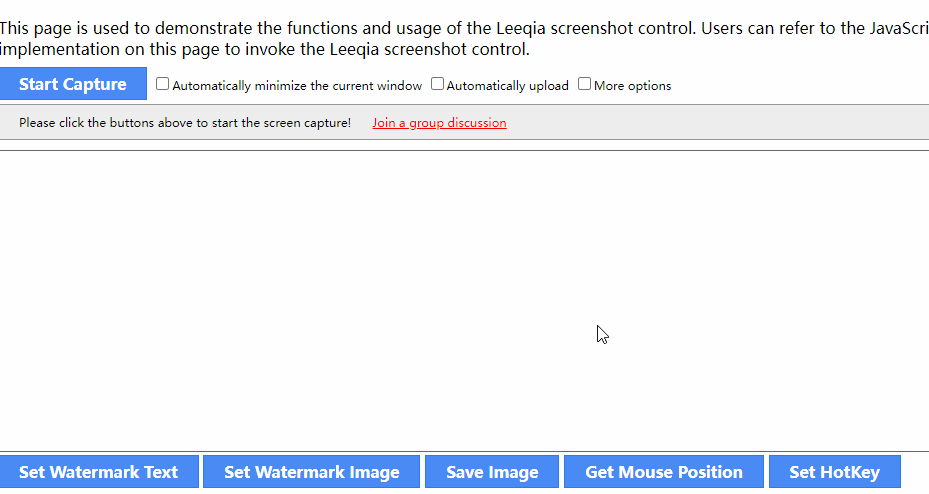Today, let's talk about a pain point in browser controls! See how we've addressed it.
Currently, there are various browsers on the market, including IE, Chrome, Firefox, Edge, and numerous domestic browsers. Among these browsers, IE supports ActiveX, some domestic browsers support NPAPI, while others no longer support either of them. How can we create a browser plugin that works seamlessly on all browsers?
We know that Leeqia Technology's browser control adopts different technical solutions for different types of browsers, achieving comprehensive support for browsers. For example, in newer browsers like Chrome and Edge, we use WebSocket for communication and interaction between the browser page and the local process. When used on HTTPS pages, a valid SSL certificate issued by a CA organization is required for the local process.
Since SSL certificates now only have a one-year validity period, it means that after a year, the new certificate needs to be repackaged into the plugin, and the plugin must be reinstalled on the machine. This causes significant inconvenience for users in normal business use!
To improve business sustainability and reduce the number of times users need to download and install, we have implemented an automatic certificate upgrade mechanism. After deployment, there is no need to repackage the plugin installation package. Instead, users only need to update the SSL certificate on the specified server, and the plugin will automatically download and apply the new certificate.

We have implemented the nationalization of the Niuniu screenshot control and the Leeqia remote control component for the entire range of Windows, MacOS, and Linux operating systems. It fully supports automatic certificate upgrades and applications, truly achieving one deployment, continuous use!
Operations personnel only need to regularly update the SSL certificate on the server. If combined with the server's automatic certificate renewal and update, it can be fully automated!
Next, let's take a look at the specific configuration and implementation:
Have the customer allocate a directory on the server to store the certificates to be updated, for example, its corresponding HTTP address is: http://test.com/testcert/
Have the customer place the certificates and verification files to be updated in the testcert directory, as follows:
| File Name | Purpose | Remarks |
|---|---|---|
| server.pem | Certificate file | We use an Nginx-type SSL certificate, which requires PEM and key files. |
| server.key | Certificate private key | We use an Nginx-type SSL certificate, which requires PEM and key files. |
| set.ini | Used to provide verification for the certificate upgrade process, such as recording the size and MD5 value of the certificate and private key files. |
Example content of set.ini is as follows:
[set]
cert_file_name=server.pem
cert_file_size=4121
cert_file_md5=ac989ee8f8f30317c39aef4be56faa8d
key_file_name=server.key
key_file_size=1700
key_file_md5=d1bfa0e6caa3054ecb268135dad1330e
Provide the HTTP address, and when we package the plugin, include http://test.com/testcert/ in the plugin to complete all configurations.
Note: Do not use wildcard certificates. Simply apply for a free single-domain certificate.
As the screenshot control with the best user experience, comprehensive features, and compatibility, Niuniu Screenshot Control is born for software integration. We are committed to providing small yet exquisite plugins and products for enterprises and individuals. Even the smallest features are considered significant products in our eyes. Starting from the small details, we create the ultimate product application experience!